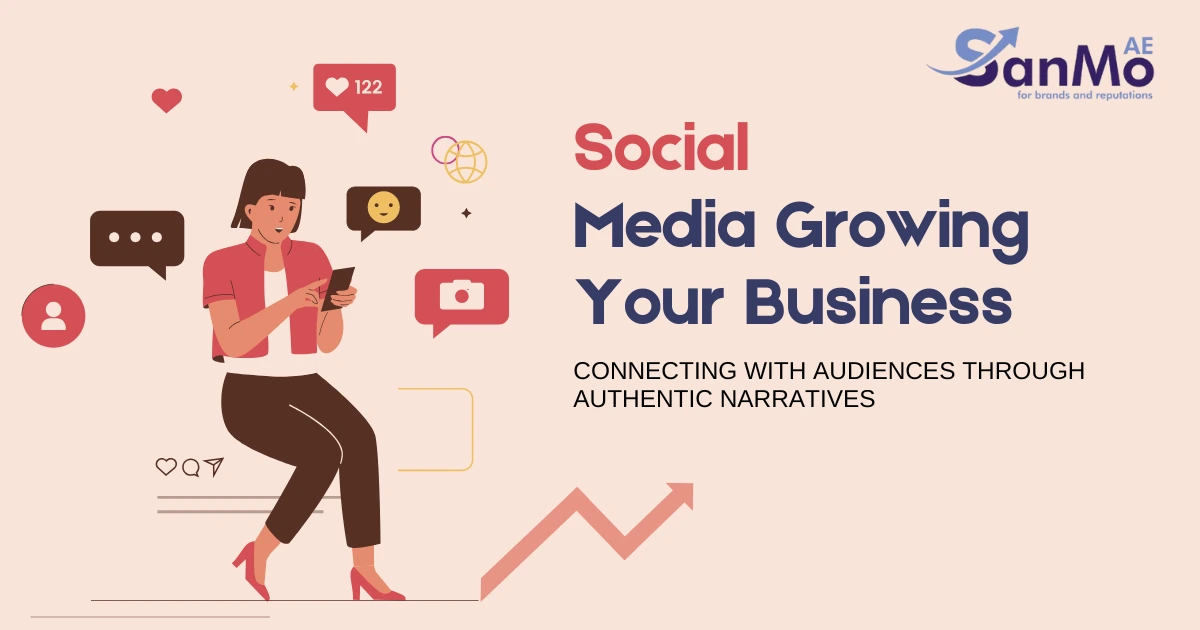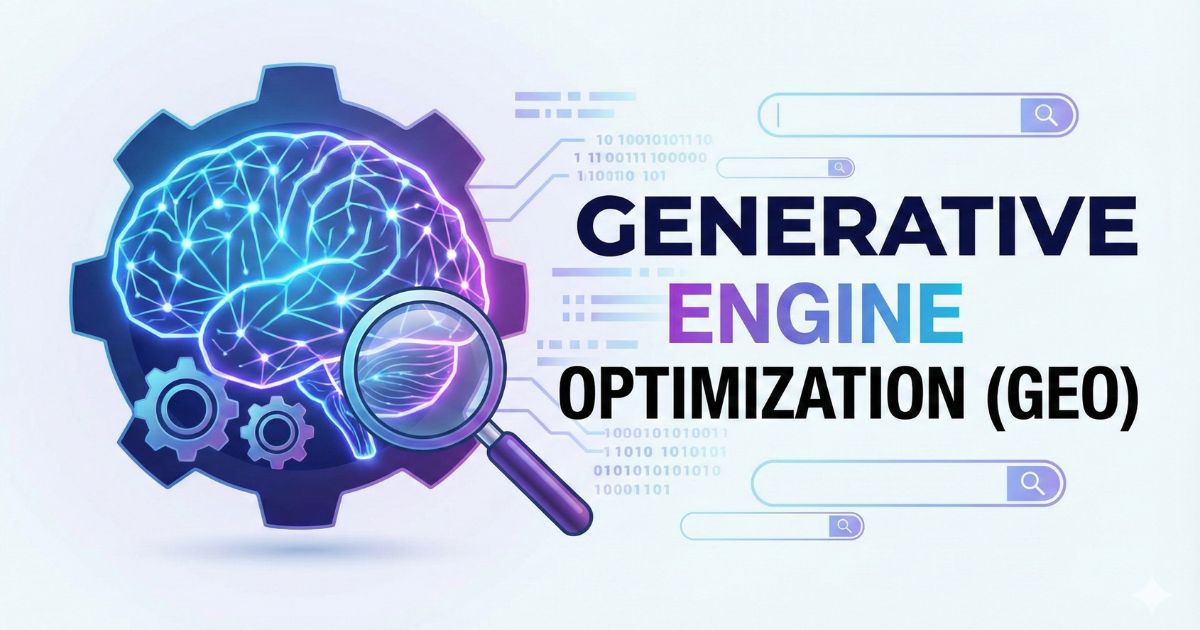Social networking is becoming a vital tool for companies of all sizes in the current digital era. Whether you’re a startup or a well-established company, leveraging social media can transform your brand, boost sales, and help you build lasting relationships with your customers. This blog post will explore how social media plays a crucial role in growing your business and offer practical strategies for maximizing its potential.
Building Brand Awareness
Social media platforms such as Facebook, Instagram, LinkedIn, and TikTok provide businesses with the opportunity to reach millions of users worldwide. By consistently posting engaging content, you can expose your brand to a larger audience.
Key Benefits:
- Wider Reach: Social media breaks geographical barriers, allowing you to connect with a global audience.
- Cost-Effective Advertising: Compared to traditional marketing channels, social media ads are relatively affordable and highly targeted.
- Visual Storytelling: Platforms like Instagram and Pinterest allow you to showcase your products visually, making your brand memorable.
Example:
A local bakery could share photos of its freshly baked goods, post behind-the-scenes videos, or run a “tag your friend” contest to increase brand visibility.
Enhancing Customer Engagement
The key to fulfillment on social media is engagement. Social media encourages two-way contact, in contrast to traditional media. Companies may engage with their audience directly, fostering a feeling of community.
Engagement Tactics:
- Polls and Quizzes: Get feedback from your audience.
- Live Sessions: Host Q&A sessions or product launches to interact in real time.
- Personalized Responses: Replying to comments and messages shows customers that their opinions matter.
Example:
A fitness brand could use Instagram Live to conduct workout sessions, inviting viewers to participate and ask questions.
Driving Website Traffic and Sales
Social media is an effective driving force for internet site visitors. By sharing links to your blog posts, product pages, or special offers, you can lead potential customers to your website, where they can learn more or make a purchase.
Key Strategies:
- Call-to-Actions (CTAs): Encourage users to “Learn More,” “Shop Now,” or “Sign Up.”
- Shoppable Posts: Platforms like Instagram and Facebook permit corporations to tag products directly of their posts.
- Content Sharing: Sharing valuable content (e.g., how-to guides, tutorials) can pique interest and drive traffic to your site.
Example:
An online fashion retailer could use Instagram Stories to highlight new arrivals, with a “Swipe Up” feature leading directly to the product page.
Gathering Valuable Customer Insights
Strong analytics tools are available on social media platforms to assist you in comprehending the demands, preferences, and behavior of your audience. You may customize your goods, services, and marketing tactics with the help of this data.
What You Can Learn:
- Demographics: Recognize your followers’ vicinity, age, and gender.
- Content Performance: Identify which posts resonate most with your target market.
- Customer Feedback: Monitor reviews, comments, and messages to gauge customer satisfaction.
Example:
A software company could analyze LinkedIn analytics to understand which industries engage most with its content and adjust its marketing efforts accordingly.
Establishing Authority and Trust
Sharing valuable, informative content on social media helps position your business as an authority in your industry. When customers view your brand as knowledgeable and trustworthy, they’re more likely to choose your products or services.
Ways to Build Authority:
- Educational Content: Post tips, tutorials, and industry insights.
- Collaborations: Partner with influencers or industry experts to increase credibility.
- Customer testimonials: Share positive reviews and success stories.
Example:
A digital marketing agency could post case studies showcasing how they helped clients achieve their goals, reinforcing their expertise.
Leveraging Influencer Marketing
An increasingly important component of social media tactics is influencer marketing. You may reach a wider and more focused audience by collaborating with influencers who share your brand.
Benefits of Influencer Marketing:
- Increased Trust: Audiences tend to trust recommendations from influencers they follow.
- Increased engagement rates: followers of influencers are frequently very involved.
- Genuine Content: Influencers provide relatable material that appeals to their followers.
Example:
A beauty brand could collaborate with makeup influencers to promote a new product line, leveraging the influencer’s audience to drive sales.
Staying Ahead of Competitors
Finally, social media allows you to keep an eye on your competitors. By analyzing their strategies, you can identify opportunities to differentiate your brand and improve your offerings.
What to Monitor:
- Material Strategies: What kinds of material do they find most effective?
- Customer Interactions: How do they engage with their audience?
- Promotions: What offers and campaigns are they running?
Example:
A SaaS company might notice a competitor’s successful webinar series and decide to implement a similar strategy, offering unique value to its audience.
Conclusion
Social media is more than just a platform for sharing updates—it’s a dynamic tool that can propel your business to new heights. From building brand awareness to driving sales, the potential benefits are immense. By developing a robust social media strategy, staying consistent, and engaging with your audience, you can harness the power of social media to grow your business.
So, whether you’re just starting out or looking to scale, make social media an integral part of your marketing plan. The opportunities are endless!







